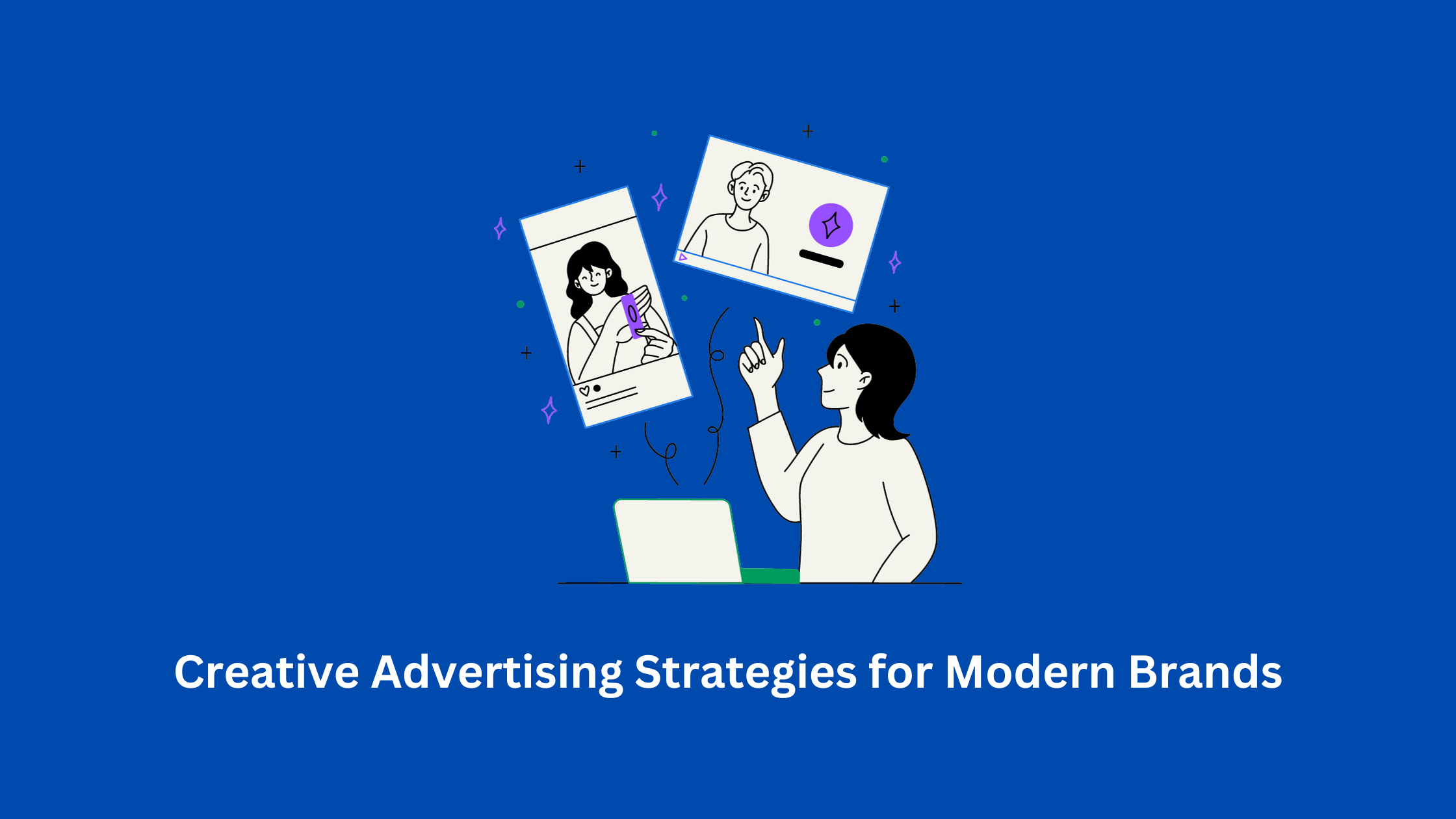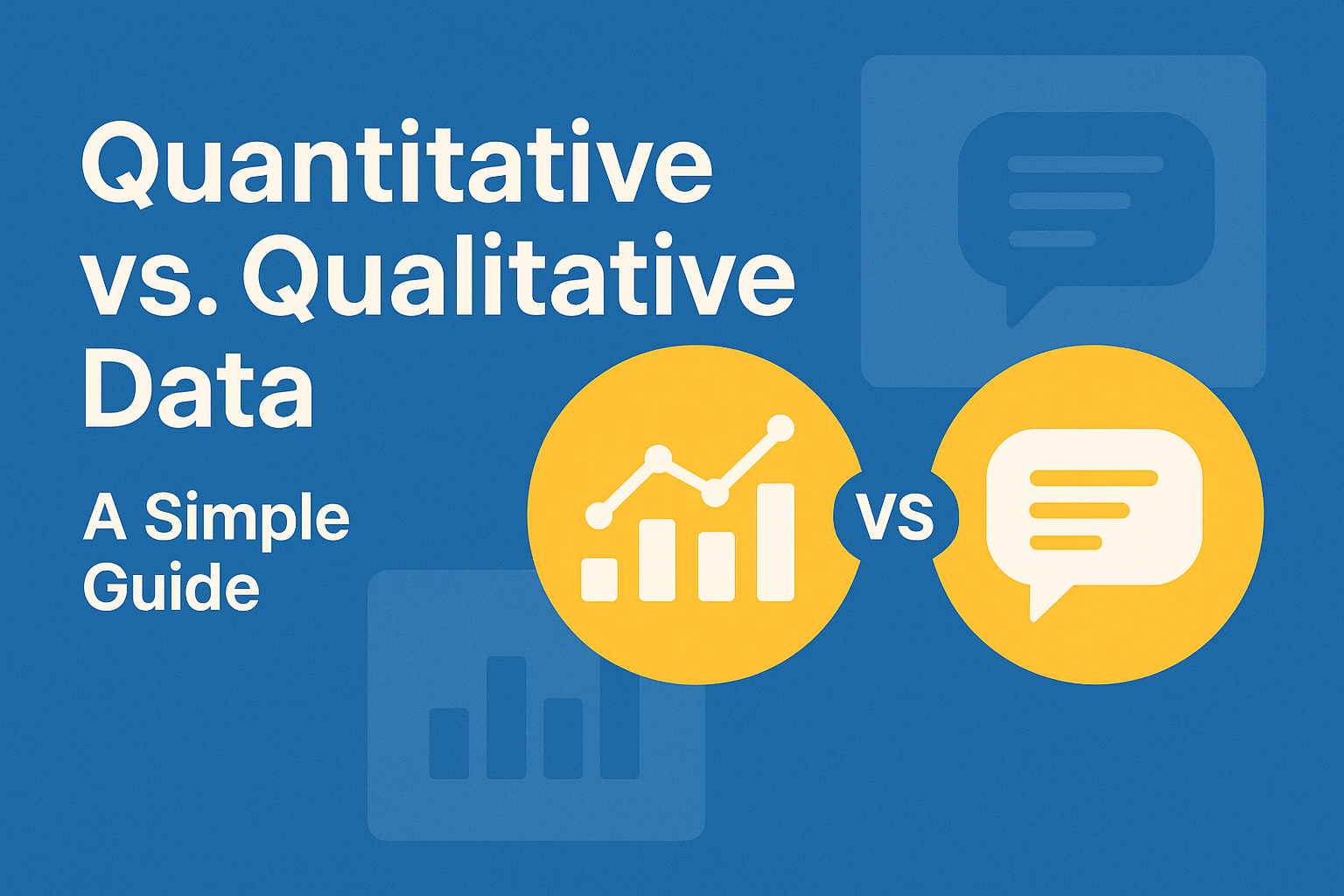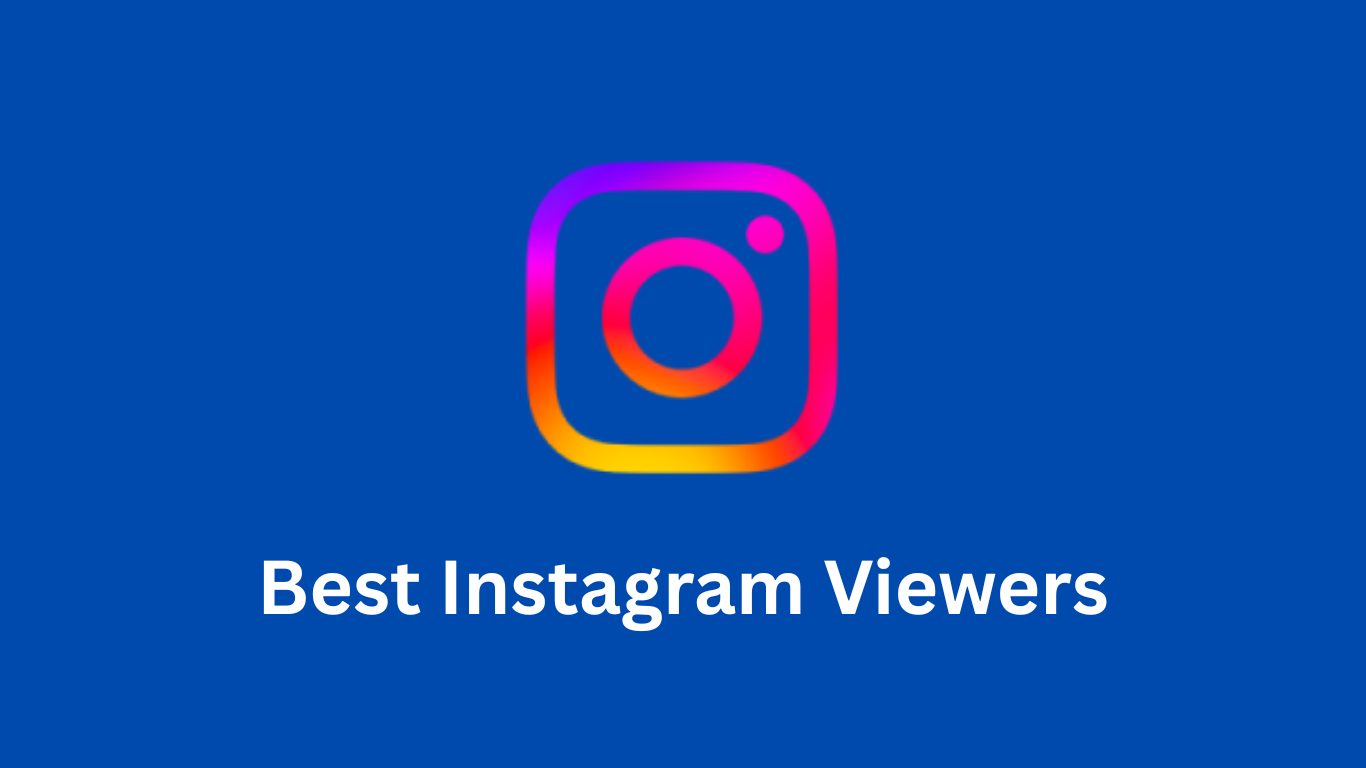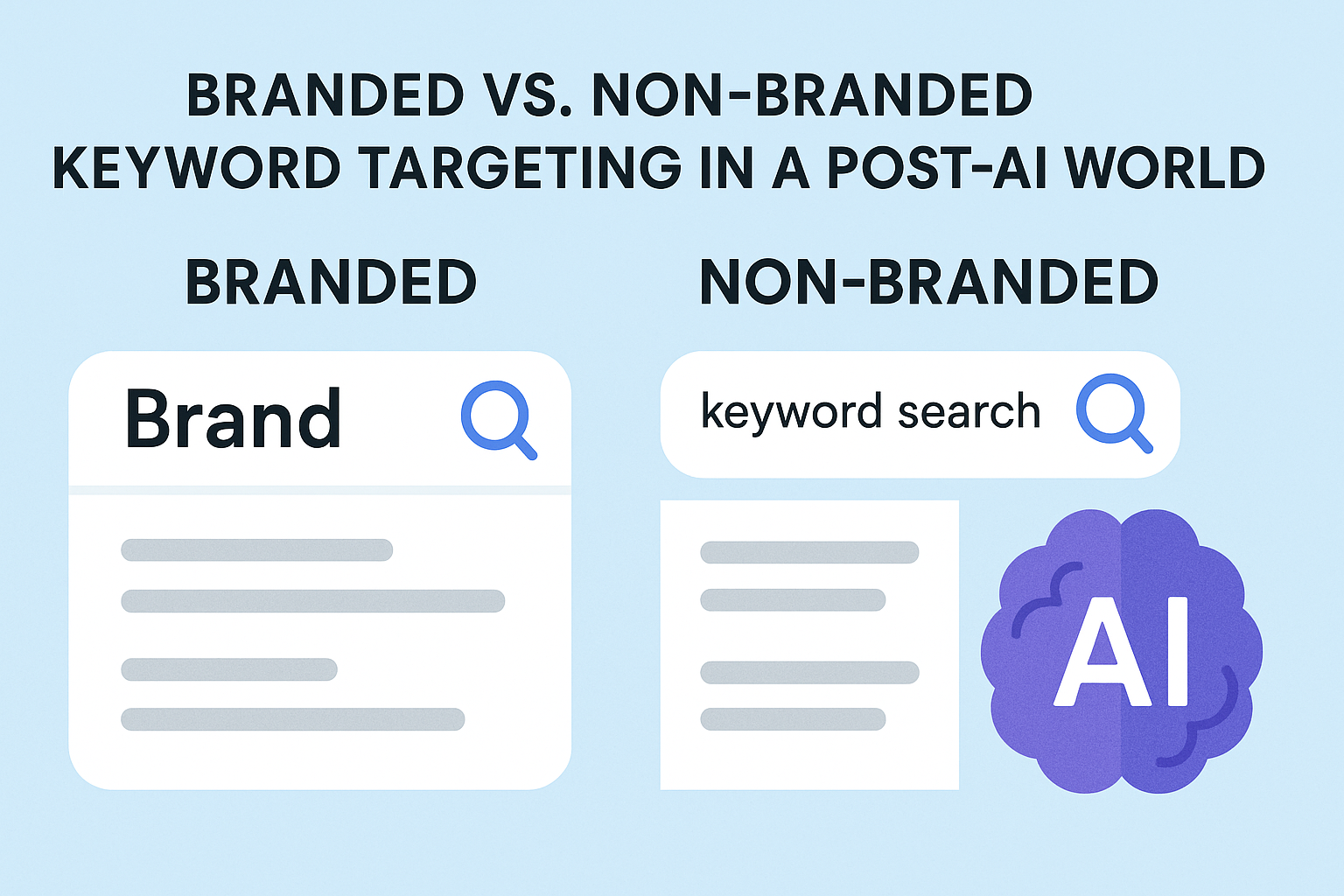The world of advertising is an ever-shifting terrain. Decades ago, an advertisement in the local newspaper or a catchy mention on the radio would suffice. Today, with the digital boom, there are countless platforms and avenues for brands to explore. But with this abundance comes the challenge: how does one stand out in this saturated space?
The answer lies in innovative creative advertising ideas.
The Need for Creativity in Advertising
Don’t Panic, a creative advertising agency in London, said that in today’s crowded market, brands need to stand out more than ever before. It’s not just about being different—it’s about survival. The ideas that truly stick are those that catch people off guard while still touching on what they genuinely value.
Modern brands that adapt may reap the following benefits:
- Memorability: Creative ads are more likely to be remembered by consumers, giving brands a lasting impact.
- Competitive Edge: Unique and innovative campaigns can differentiate a brand from its competitors, helping it to secure a larger market share.
- Increased Engagement: Interesting content encourages consumers to engage more, leading to higher interaction rates.
- Enhanced Brand Image: Creative campaigns can reposition or strengthen a brand’s image in the eyes of consumers.
- Cost Efficiency: A well-received creative campaign can generate organic buzz, reducing the need for extensive paid promotions.
- Deeper Connection: Authentic and innovative ads can foster a deeper emotional connection between the brand and its audience.
- Adaptability: Creativity allows brands to adapt and respond more effectively to changing market trends and consumer needs.
Breakdown of Creative Advertising Strategies
1. Utilizing User-generated Content
User-generated content (UGC) is not just about creating buzz; it’s about trust. In a digital era where fabricated content is rampant, UGC offers brands an authentic voice and the chance to engage with real customer experiences.
Coca-Cola’s “Share a Coke” campaign is a gold standard. By simply printing common names on their cans and bottles, they fostered individual connections. The ripple effect on social media was immense as users eagerly shared their personalized bottles. But the genius was how Coca-Cola engaged its audience: by making them a part of its marketing campaign.
UGC isn’t limited to big brands. Even small businesses can benefit. Encourage satisfied customers to share their experiences online. You’d be surprised how a simple testimony can convince potential customers more than a well-crafted ad.
2. Make Customers Feel Important With Email Segmentation
Emails have a personal touch. When someone provides you with their email address, it’s a sign of trust. It’s essential to ensure that this trust isn’t broken with irrelevant content.
Segmentation is key. Instead of sending a generic newsletter to your entire subscriber list, segment them based on their buying behaviors, interests, or demographic data. This personal touch can dramatically increase engagement.
For instance, consider two subscribers: John and Lisa. John recently clicked on links related to European travel destinations, while Lisa showed interest in sustainable living tips. By segmenting your subscriber list, John could be taken on an email journey that shares top European travel spots, tips, and discounts. At the same time, Lisa might receive emails centered around sustainable living practices, eco-friendly product recommendations, and community stories.
By recognizing and catering to their distinct interests, you keep the content relevant and foster a deeper connection, making each subscriber feel valued and understood.
3. Crowdsource Ideas For Maximum Customer Engagement
The allure of social media contests lies in their ability to create virality. Such contests engage existing customers and attract potential ones.
Consider Lay’s “Do Us a Flavor” contest. This wasn’t just about creating a new chip flavor; it was an ingenious idea for marketing. By crowdsourcing ideas, Lay’s kept its audience engaged for months, discussing potential flavors, voting, and sharing. This prolonged engagement is invaluable and can be a goldmine for brands looking to solidify their presence in the digital realm.
4. Don’t Underestimate The Power Of Face-to-face Networking
Networking isn’t just about exchanging business cards or growing your LinkedIn following. In our era dominated by digital interactions, real-world connections have taken on heightened significance. Genuine face-to-face interactions offer a depth of connection that many online engagements can’t match.
Benefits of face-to-face networking for maximizing brand presence include:
- Immediate Trust Building: Direct interactions often foster a quicker sense of trust than virtual communications.
- Engaging the Senses: Face-to-face events allow for tangible experiences – tasting, touching, or feeling products.
- Direct Feedback: Brands can receive spontaneous and candid feedback, helping them adapt in real time.
- Personalized Connection: Direct conversations allow for a more tailored brand experience, understanding individual needs and preferences.
- Strengthened Brand Loyalty: Personal interactions can solidify customer loyalty by creating memorable experiences.
- Visibility and Memorability: Physical presence often leaves a more lasting impression than digital presence.
5. Utilizing Augmented Reality (AR) and Virtual Reality (VR)
In today’s swiftly evolving technological landscape, brands must stay ahead of the curve. Harnessing the potential of Augmented Reality (AR) and Virtual Reality (VR) can revolutionize the consumer experience.
A prime example is IKEA’s AR application, which lets users virtually place and visualize the brand’s furniture within their living spaces. This innovative approach directly addresses and eliminates a significant barrier in online furniture shopping: the uncertainty of fit and aesthetics.
By allowing customers to see exactly how a piece of furniture will look and fit in their homes, IKEA effectively removes apprehensions, streamlining the decision-making process and increasing the likelihood of a purchase.
6. Pay Attention To Analytics and Data
In today’s world, where data is abundant, relying solely on intuition and experience is not enough. Data analytics has revolutionized how brands perceive and approach their target audience.
A prime example is Netflix. The streaming giant meticulously analyses viewer habits, show preferences, and even pauses and rewinds. The resulting data doesn’t just inform their content recommendations—it dictates the production of new series and movies.
For brands, especially those in e-commerce, tools like Google Analytics and Facebook Insights can illuminate the path. By understanding which products or services resonate, where users drop off, and which marketing campaigns hit the mark, brands can fine-tune their strategies. A dynamic shift from “we think” to “we know” based on data can drastically enhance marketing efforts.
Furthermore, this approach isn’t exclusive to big corporations. Small businesses can use user surveys, customer feedback, and basic website analytics to discern patterns. Even something as simple as identifying which social media posts get the most engagement can provide invaluable insights.
7. Build a Cult-Like Following
The best marketing tool for a brand isn’t just a big advertising effort but having a loyal group of supporters. Taking care of this group can bring lasting benefits.
Brands like Apple have cult-like followings. These aren’t just customers; they are genuine ambassadors who willingly spread the word, driving organic growth.
But how does one foster such loyalty?
- Engage Actively on Social Platforms: Respond to comments, celebrate milestones, host Q&A sessions, or even share behind-the-scenes content.
- Value Feedback: Establish channels for customers to share their thoughts, whether via reviews, surveys, or feedback forms. When they voice their opinions, it’s vital to listen and take action.
- Host Exclusive Events: Events can span from webinars to product sneak peeks or community gatherings. Providing exclusive insights or opportunities can enhance customer loyalty.
- Community Collaborations: Some brands involve their community in design processes, resulting in special edition products. Such endeavors foster a deep sense of community involvement and ownership.
Advertising trends might change, but the main point stays the same: know and serve your audience.
2 Brands Getting Creative Advertising Right
Several brands have broken the mold with their creative marketing ideas.
In the realm of influential advertising, Nike’s “Dream Crazy” campaign is a testament to the power of meaningful messaging. Encouraging individuals to embrace their unique voices, the campaign urged athletes to have confidence in their abilities and advocate for their convictions. By delving into pertinent social issues, Nike transcended its identity as a mere apparel and footwear merchant. Instead, it cemented itself as a brand with a potent voice deeply connected to the passions and concerns of its community.
Glossier, emerging as a modern powerhouse in the beauty industry, has brilliantly harnessed the potency of user-generated content. Eschewing the path of conventional advertising, the brand places its emphasis on showcasing authentic users, their genuine stories, and tangible results. This strategy, rooted in authenticity, taps into the desire of consumers for relatable and trustworthy endorsements. By highlighting the everyday user and celebrating individual beauty narratives, Glossier has not only differentiated itself in a saturated market but has also cultivated a loyal following, making it a revered name within the beauty community.

Sean Begg Flint is the founder of Position Digital, a digital marketing agency for ambitious e-commerce, B2B, tech, and purpose-led brands. He is passionate about purpose-driven content marketing and using outreach for good.







